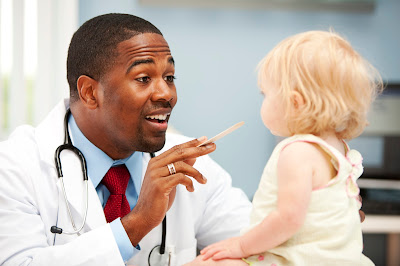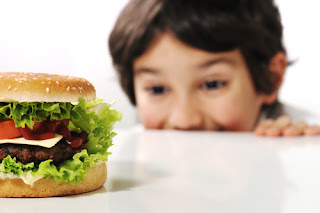Without a doubt, community service is part and parcel in the myriad of existing physician responsibilities. For what else do physicians work for than the benefit of the immediate community wherein they are presently based? The services rendered by physicians are but basic services to individuals and to the community. The quality of such would eventually reflect on one’s public relations, such as the history of medicine so attests.
 |
| Image credit: assetprotectionlawjournal |
Throughout the years, however, there has been a disturbing deterioration in physician-community public relations. Coincidentally, this was in the time of an unprecedented rise in the scientific achievements in the field. This paradigm shift toward a more scientific understanding and practice of medicine has, perhaps, caused the all-important personal relationship with the community to be overshadowed.
 |
| Image credit: media.doctorsreview.com |
This is where the importance of integrating community service into the medical school curriculum helps. For example, Sharon Younkin, the director of the Community Service Programs at the University of Wisconsin School of Medicine and Public Health, coordinates community service activities for medical students and provides them opportunities to practice the knowledge they learned in school to serve those who are underprivileged. This kind of opportunity helps to bring the students closer to the people they are supposed to be working for.
 |
| Image credit: a10clinicalsolutionsinc.wordpress.com |
Even with all the medical advancements happening all around us, at the end of the day, the doctor who thinks of patients as a person with a disease rather than a mere example of a disease builds better rapport with his patients. If the doctor isn’t built to be for the community, then what is his purpose?
Nil. Nada. Nothing.
Sharon Younkin is helping in the formation of future physicians by veering them toward a more community-based practice. Learn more about her work by following this Twitter account.





